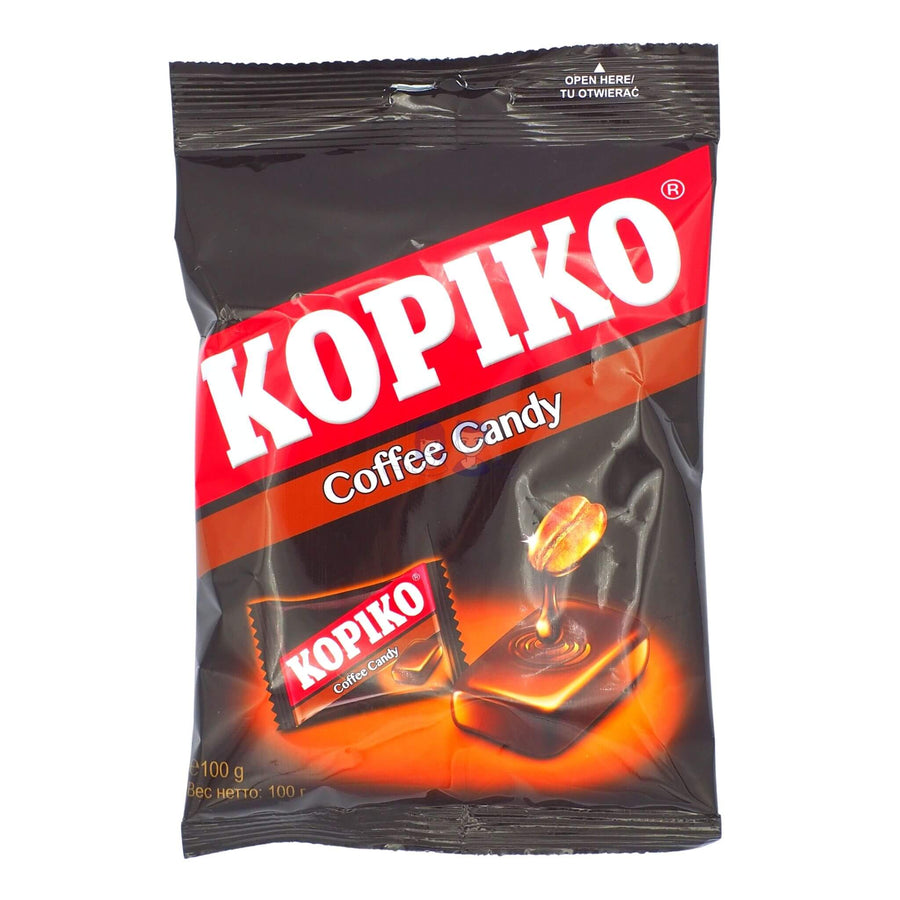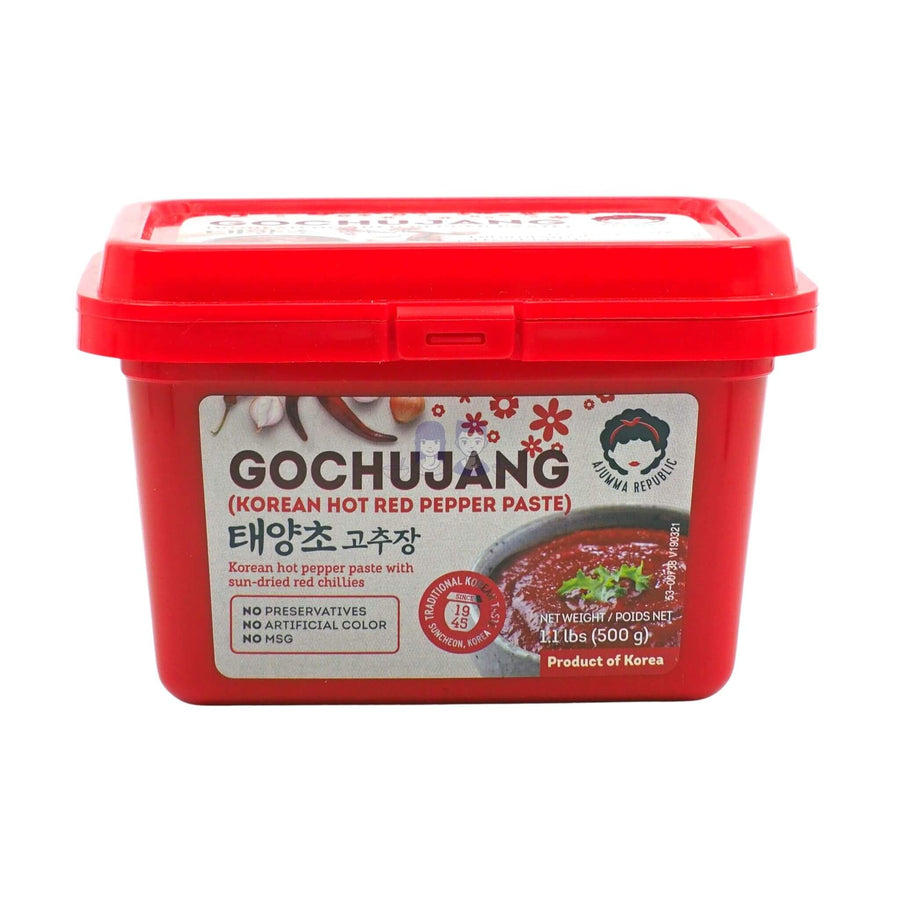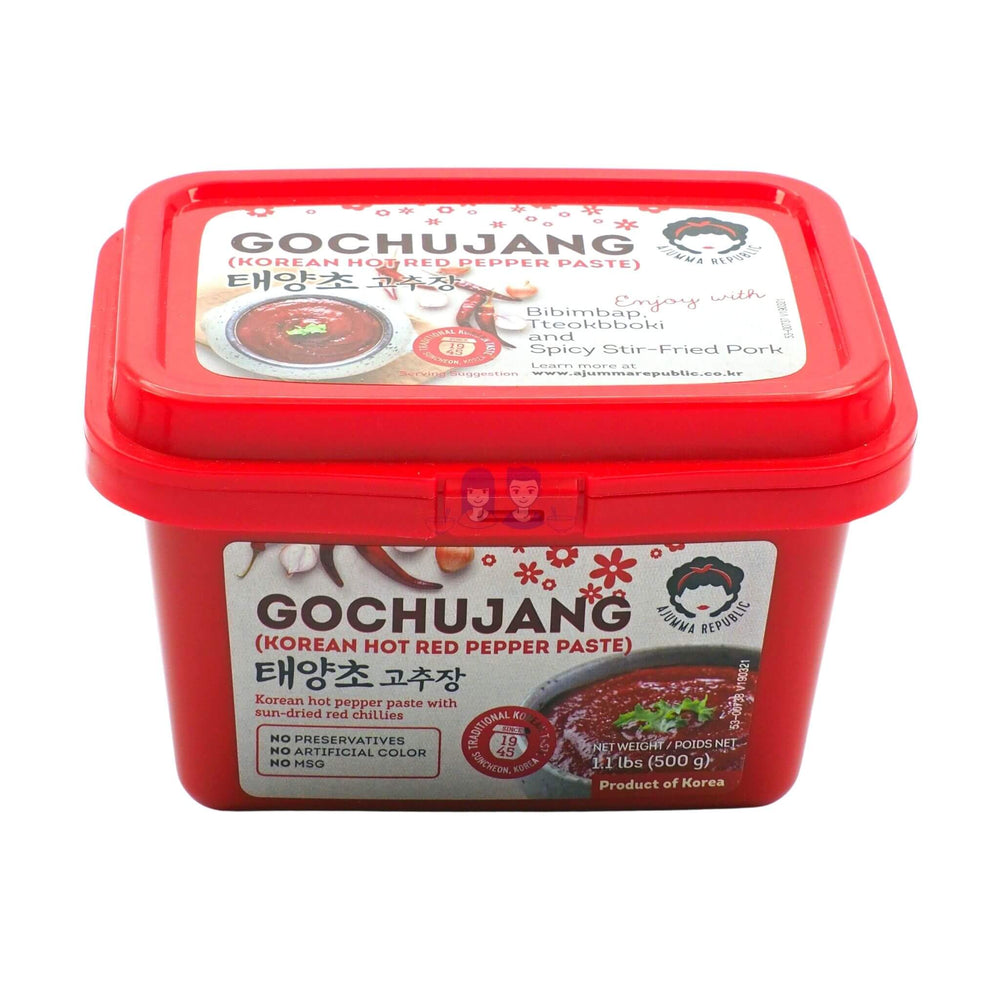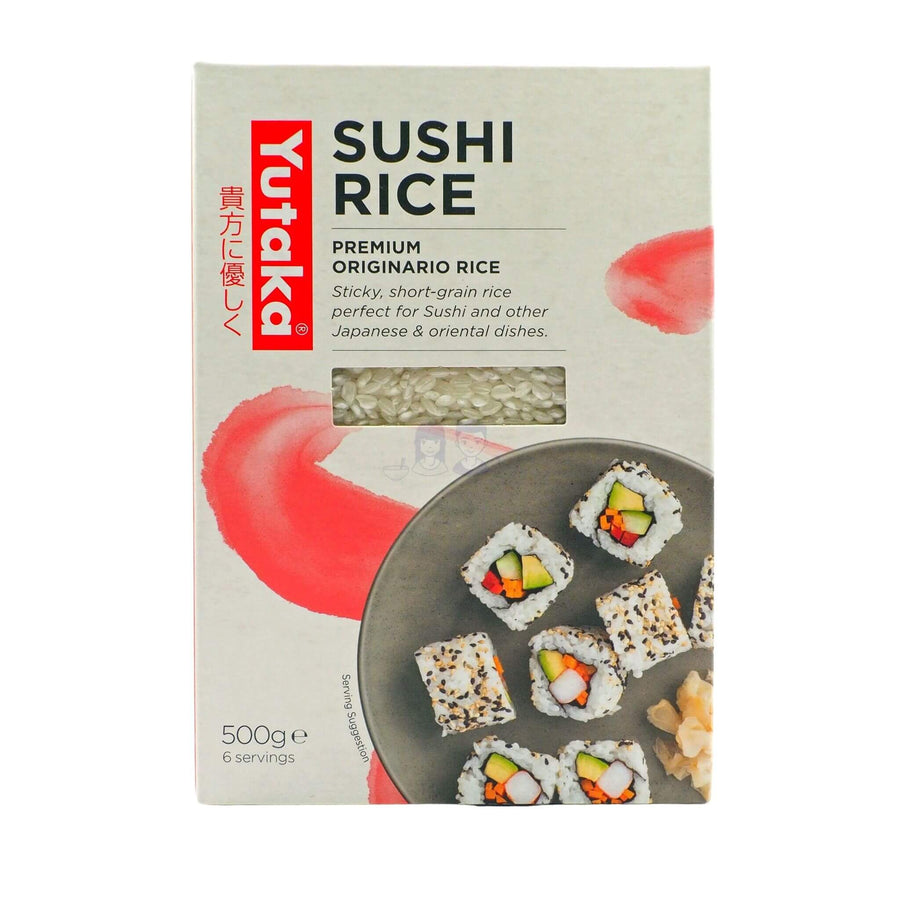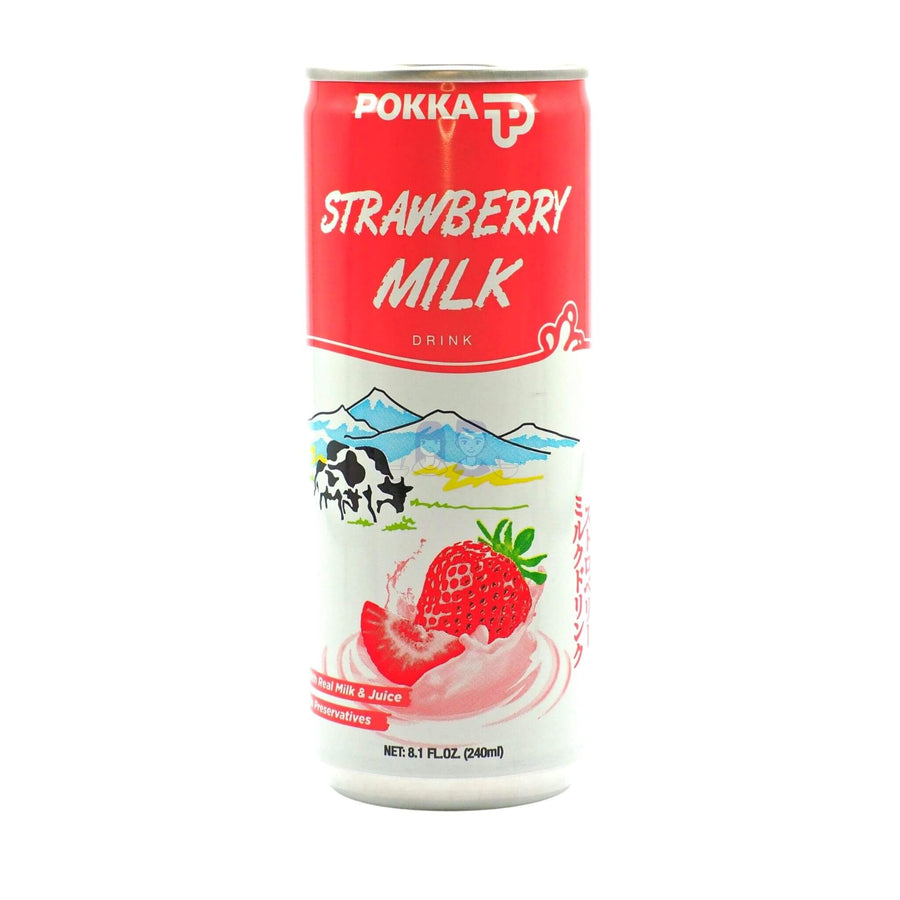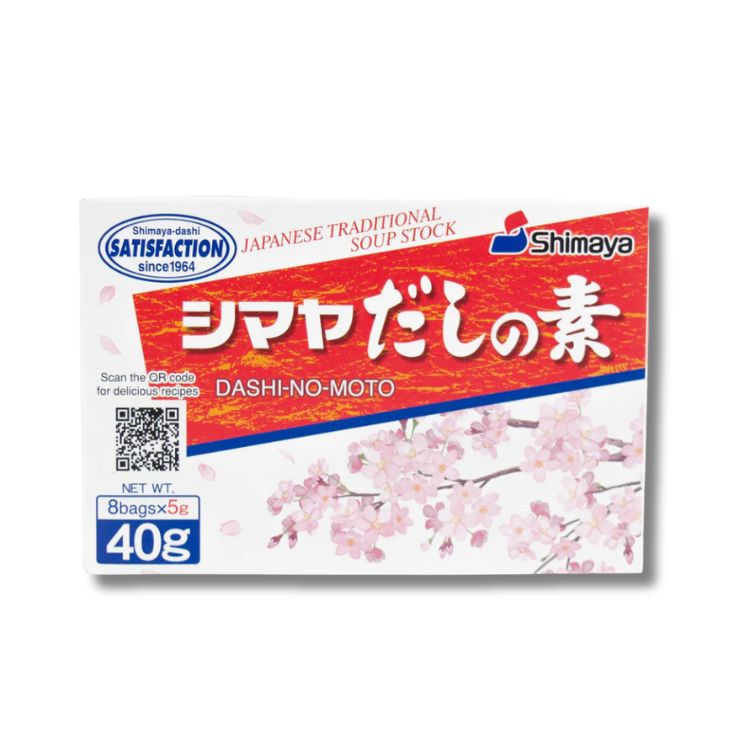Japanese Dashi 101: Everything You Need to Know About the Essential Japanese Broth
Japanese cuisine is characterised by its abundance of umami-flavoured foods, and the key to this is dashi.
So, what is dashi? It’s a family of stocks made from umami-rich ingredients that form the base of many savoury dishes. Think of it as a flavourful liquid base made with a few simple ingredients.
In this article, we’ll explore the versatility of dashi and how it can be incorporated into many recipes.
→ Shop now: Our handpicked range of Japanese Dashi products
The Origin and History of Dashi
The roots of dashi go back centuries in Japanese culinary history. This fundamental broth, with its unique umami character, has been key to Japanese cooking since ancient times.
Originally, with the emergence of Buddhism in Japan, there was an increased demand for vegetarian meals. Kombu, a type of kelp, was imported from China and became a favoured ingredient. As techniques evolved, chefs began to realise the depth of flavour it could provide when simmered in water. This led to the earliest versions of kombu dashi.
Later, as dietary habits expanded, katsuobushi (dried bonito flakes) was introduced. This added another dimension to this foundational broth. Over the centuries, dashi has seen various adaptations, but its essence remains. This is that of a rich, flavourful broth that captures the heart of Japanese cuisine.
Cultural Significance of Dashi
Dashi is more than just a cooking ingredient - it's an essential piece of Japanese culinary identity. Its umami-rich flavour embodies the essence of simplicity and harmony in Japanese cuisine. Dashi's prevalence in everyday meals reflects the Japanese philosophy of appreciating natural flavours and minimalism. From humble home-cooked meals to high-end kaiseki dining, dashi connects people across different walks of life, symbolising everything from comfort to tradition.
Dashi-Based Soups
Japanese dashi comes in many variations. The type of dashi you’d like depends on your choice of ingredients and what flavour you want to achieve. Consider kombu (kelp), katsuobushi (dried bonito fish flakes), shiitake mushrooms, dried sardines or a combination. The easiest application of dashi is the creation of broths or soups, such as traditional Japanese soups like miso soup, clear soup, and noodle broths such as ramen or udon dishes.
Here are some common variations of Japanese dashi soups:
#1 Kombu (kelp) dashi
Made by simmering kombu in water, kombu dashi offers a subtle yet deep umami flavour that's the foundation of many Japanese dishes. It's commonly used for miso soup, clear soups, and hotpots due to its gentle taste. You can enhance this base by adding additional ingredients like shiitake mushrooms, seasonal vegetables, or tofu to create a more complex and satisfying broth.

#2 Shiitake Dashi
Shiitake dashi broth base is made by rehydrating dried shiitake mushrooms, which are one of the most popular Japanese mushrooms for cooking. The by-product of this process is shiitake dashi, which is usually added to noodles, or combined with kombu dashi for greater flavour.

#3 Awase dashi
Awase means “to combine”, or "mixed" in Japanese. This all-purpose Japanese dashi is made with a combination of Japanese ingredients, such as kombu and dried bonito flakes. Personally, this is our favourite type of dashi as it has a richer flavour and can be used in a wide range of Japanese dishes.

Depending on what kind of flavours you’re looking for, add other ingredients once you’ve finished cooking your dashi. For more flavourful broths, choose dried ingredients for a stronger taste profile.
Dashi-Based Sauces and Seasonings
Dashi is also used as a base for sauces and seasoning in Japanese cuisine, making it the perfect addition to vegetables and meat, or as a dip for an instant umami flavour boost. Some examples of dashi-based sauces include ponzu sauce, teriyaki sauce, tonkatsu sauce and even unagi sauce.
While sauces do taste good on their own, consider adding dashi for a greater depth of flavour. For example, a simple ponzu sauce recipe might not call for dashi, but adding dashi will help accentuate flavours.
Moreover, why not make your seasoning and sauces instead of buying them? We love this because you get to balance the flavours entirely on your own without the addition of preservatives! Adjust the levels of ingredients for a fuller, richer taste that suits your preference and keep them stored in the fridge for up to a week.
Dashi in Rice and Noodle Dishes
Consider adding Japanese dashi to noodle and rice dishes as well, as its versatile nature enables it to elevate the flavours of whatever it’s added to.
For example, we like to cook rice and noodles in dashi instead of water for a fuller taste.
When cooking hot soba noodles, we find that a simple dashi broth of kelp and bonito flakes creates a savoury base. Try adding scallions, vegetables and some meat to build on this flavour base.
In takkikomi gohan, a Japanese mixed rice dish, rice is cooked in kombu dashi so that the rice soaks up all of its umami flavour goodness. We would recommend adding a selection of vegetables and meat items to give it a sweeter flavour.
Similarly, in yakisoba, one of our favourite stir-fried noodle dish, noodles are cooked in dashi broth before other ingredients are thrown in.

Experiment with different types of dashi for a greater variety of flavours!
Dashi in Other Dishes
Examples of fusion dishes that use Japanese dashi as a key ingredient, such as dashi risotto or dashi-infused cocktails
Beyond rice and noodles, we like to use dashi as a marinade, or even as a braise for vegetables. You could also try blanching vegetables in dashi instead of water.
In Japanese cuisine, people enjoy Nishime (simmered vegetables and chicken) where various vegetables and chicken are sautéed before they’re added to simmer in a dashi broth. As the flavours slowly seep into the broth, the result is a fragrant mix of umami taste.

For meats, consider marinating them in dashi-based seasonings. A simple marinade we like to use consists of dashi broth, soy sauce and mirin. We like to add these to some chicken, set aside, and cook together for a very flavourful meal.
Beyond Japanese food, dashi can also play a very integral role in dishes from other cuisines. Tired of the usual vinaigrette in your salads? Consider a dashi sauce mixed with soy sauce for a savoury kick. Stretch your imagination further and incorporate these in risotto, porridge or even alcohol for unique but delicious dashi-based cocktails!
The Remarkable Benefits of Dashi
Beyond its quintessential taste, Japanese dashi boasts several health benefits:
- Rich in minerals: Kombu, one of the primary ingredients in dashi, is a powerhouse of essential minerals, particularly iodine, which is beneficial for thyroid health.
- Low in calories: A typical bowl of dashi contains minimal calories, making it an excellent base for those watching their calorie intake.
- Natural umami source: The natural glutamates present in dashi ingredients provide the umami flavour, acting as a natural alternative to artificial additives.
- Supports digestion: Katsuobushi is believed to aid digestion and promote a healthy gut microbiome.
- Anti-oxidant properties: Compounds in kombu and shiitake mushrooms have antioxidant effects, which can help combat oxidative stress.
How to Make Dashi
Making Japanese dashi is simpler than you might think, and the results are truly rewarding. The key ingredients in typical dashi recipes include kombu, katsuobushi, shiitake mushrooms, dried sardines, or a combination of these. Here’s our straightforward recipe for making Awase Dashi (a combination of dashi) using kombu and katsuobushi:
Ingredients:
-
20g kombu
-
20g katsuobushi (dried bonito flakes)
-
1 litre of water
Instructions:
-
Prepare the Kombu: Gently wipe the kombu with a damp cloth to clean it. Avoid removing too much of the white powdery substance, as it contains umami-rich compounds.
-
Soak the Kombu: Place the kombu in a pot with the water and let it soak for at least 30 minutes. For a richer flavour, soak it overnight in the refrigerator.
-
Heat the Kombu: Slowly heat the water with the kombu over medium heat. Just before it starts to boil, remove the kombu to prevent a slimy texture and bitter taste.
-
Add Katsuobushi: Bring the broth to a boil, then turn off the heat. Add the katsuobushi flakes and let them steep until they sink to the bottom, about 2-3 minutes.
-
Strain the Dashi: Strain the mixture through a fine-mesh sieve or cheesecloth to remove the katsuobushi flakes.
-
Cool and Store: Allow the dashi to cool. Use it immediately, refrigerate for up to three days, or freeze for later use.
Tip: Don't discard the used kombu and katsuobushi. You can reuse them to make niban dashi, a second, lighter broth perfect for stews and simmered dishes.
Remember to remove the kombu from the mixture as leaving it there for too long will make the overall broth very slimy. Store the dashi in the fridge for 3-5 days, or keep it in the freezer for 2 weeks.
If you’re short on time, try looking for dashi packets or powder at your local Asian or Japanese marts. Simply add the dashi packet to water and cook it over medium heat; once the mixture comes to a boil, remove the dashi packet. You could also create a broth with instant dashi stock powder by adding it to water and boiling the mixture for a much faster way of cooking with dashi.
Types of Dashi: Ichiban and Niban Dashi
Understanding the different types of dashi can enhance your cooking and help you make the most of your ingredients. There are two main types of dashi:
Ichiban Dashi (First Dashi):
This is the first extraction of flavour from your kombu and katsuobushi. Ichiban dashi has a clear, delicate taste with a refined umami flavour. It's perfect for dishes where the broth shines, such as high-quality miso soup, clear soups or sauces that require a subtle touch.
Niban Dashi (Second Dashi):
After making ichiban dashi, the same kombu and katsuobushi are simmered again to create niban dashi. This second extraction yields a broth with a deeper, more robust flavour. It's ideal for dishes where the dashi will be combined with stronger flavours or seasonings, like stews or simmered dishes.
By utilising both ichiban and niban dashi, you can tailor the intensity of the broth to suit different recipes. This allows you to make the most of both ingredients.
Sourcing Dashi Ingredients
Finding authentic dashi ingredients is easier than you might think. At Morueats, we offer a selection of high-quality kombu, katsuobushi, mushrooms and dashi stocks. These will all allow you to bring the true taste of Japanese cuisine to your kitchen. Whether you're a seasoned chef or a home cook exploring new flavours, you can find everything you need in our Japanese Dashi collection.
Final Word
If you want more umami goodness in your cooking, consider adding dashi. The versatility of this ingredient makes it a great addition to any meal – even recipes outside Japanese cuisine! Explore the endless possibilities of this ingredient in your kitchen today by adding dashi or giving some dashi recipes a go.


